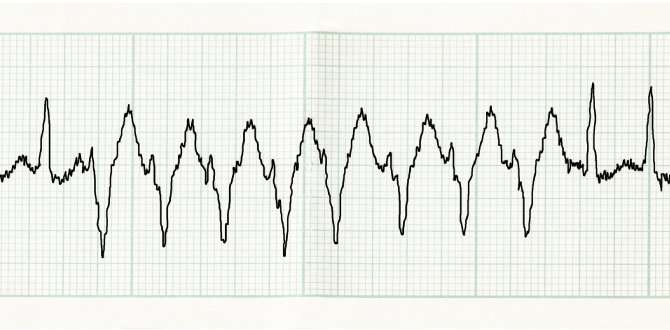A call for deeper understanding of AFib, a growing and dangerous heart rhythm disorder

Much of what doctors and researchers know about treating atrial fibrillation is based simply on the yes-no question of whether a patient has the condition or not.
But this all-too-common heart rhythm disorder is much more complicated than that – and a new scientific statement published Monday in the American Heart Association's journal Circulation urges the medical and research community to take a deeper dive into how much AFib a person has, and AFib risk factors and outcomes. The AHA's statements, written by volunteer committees of scientists and doctors, are intended to point out trends or questions in current research that impact the diagnosis and treatment of heart and stroke conditions.
"Our aim is to bring awareness of this concept of measuring the AFib burden and then to outline what we know about it, and identify the knowledge gaps, so more research can be done to fill in those gaps," said Dr. Lin Yee Chen, chair of the statement's writing committee and a tenured associate professor of medicine at the University of Minnesota Medical School.
AFib, a quivering or irregular beat in the heart's upper chambers, which increases the risk of blood clots, affects up to 6.1 million people in the United States. Researchers expect that number to double by 2050. Untreated, AFib doubles the risk of heart-related death and increases a person's chance of having a stroke fivefold.
The new statement encourages a more robust look at a person's status with AFib – measuring the "burden" by determining how long and how frequently a person is in AFib during a set period of time. Then, evaluating that burden and its connections with outcomes such as stroke and cognitive function, as well as a person's lifestyle risks, such as inactivity, obesity and high blood pressure.
Typically, AFib is classified as paroxysmal, persistent or permanent, depending on how long the out-of-rhythm heart episodes last.
More research is needed to determine how all of that plays into the risk for stroke, said Chen, who also is a cardiac electrophysiologist. They conduct tests to study the electrical activity of the heart.
The AHA already plans to fund more atrial fibrillation research. It will accept applications for its Strategically Focused Research Network this summer through January. The work also will receive funding from an AHA partnership with the Patient-Centered Outcomes Research Institute, which hopes to help create tools for AFib patients and their doctors to make decisions on the use of anticoagulants.
The new scientific statement is needed because of a raft of recent advances in blood thinners, called anticoagulants, and other tools to diagnose, treat and manage AFib, said Dr. Karen Furie, a stroke neurologist who also was on the statement's writing committee.
"It's a very frightening condition for people who are aging in a relatively healthy way and suddenly develop this high-risk condition that has the potential to cause significant disability through stroke," said Furie, chair of neurology at Brown University's Alpert Medical School. "It's a major public health concern, given the impact."
The risk of AFib increases with age and is the most common heart arrhythmia in people over the age of 65. One in four people who are 40 years old and older are at risk for developing AFib.
Furie said many people diagnosed with AFib are not being prescribed any type of anticoagulant, despite research that shows the effectiveness of blood thinners in preventing AFib-related stroke. A new wave of blood thinners, she said, don't require regular blood tests or carry the same bleeding risk of previous medicines such as warfarin.
"We now have a very viable alternative, and yet we still see many high rates of patients who are not being treated" with blood thinners, she said. "The reasons for that are complex, but it's incumbent on the system and third-party payers to try and change that, and to ensure that everyone with atrial fibrillation is on appropriate medical therapy."
Chen said the statement's call for more research is crucial.
"We need to address this question of the amount of AFib, which is increasingly an urgent question," he said. "More and more people have devices that are detecting asymptomatic runs of AFib and we have little or no guidance on how to manage these patients."
For the public, Furie said, the big message is awareness.
"An irregular heart rhythm, if a person feels fine, may seem inconsequential when, in fact, it is increasing the risk of a devastating stroke," she said. "This is a major threat to leading an independent high-quality life. The second message is there are strategies for dramatically reducing that risk. … It's very important that people who are middle to older age be talking to their medical providers and have some type of screening to see if they may be in atrial fibrillation."

















